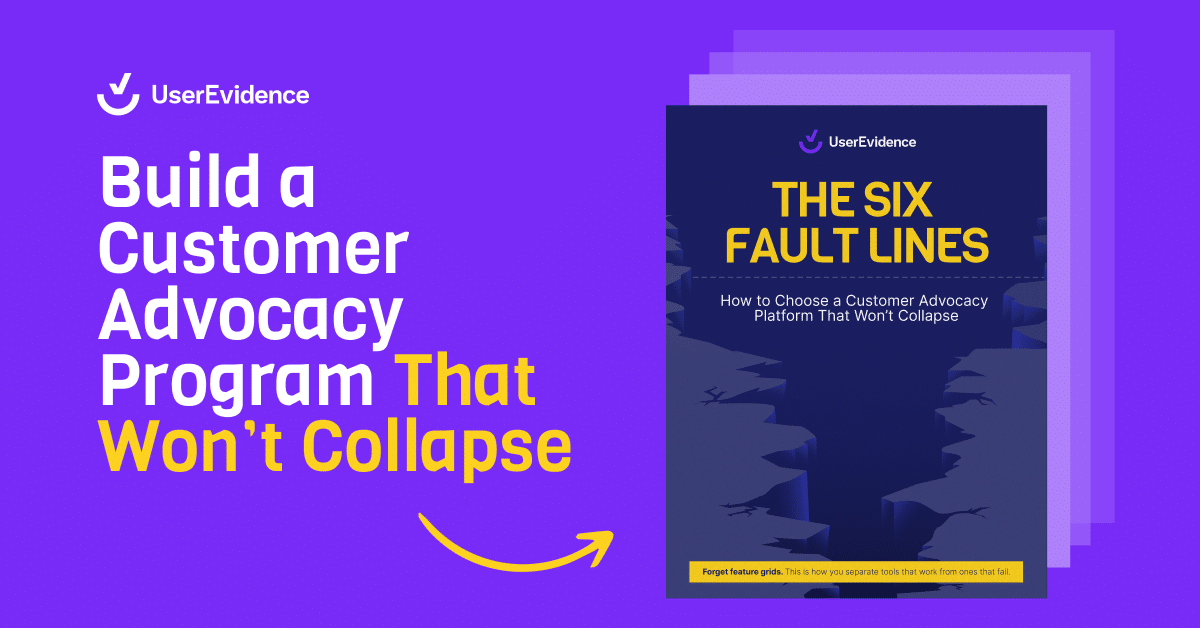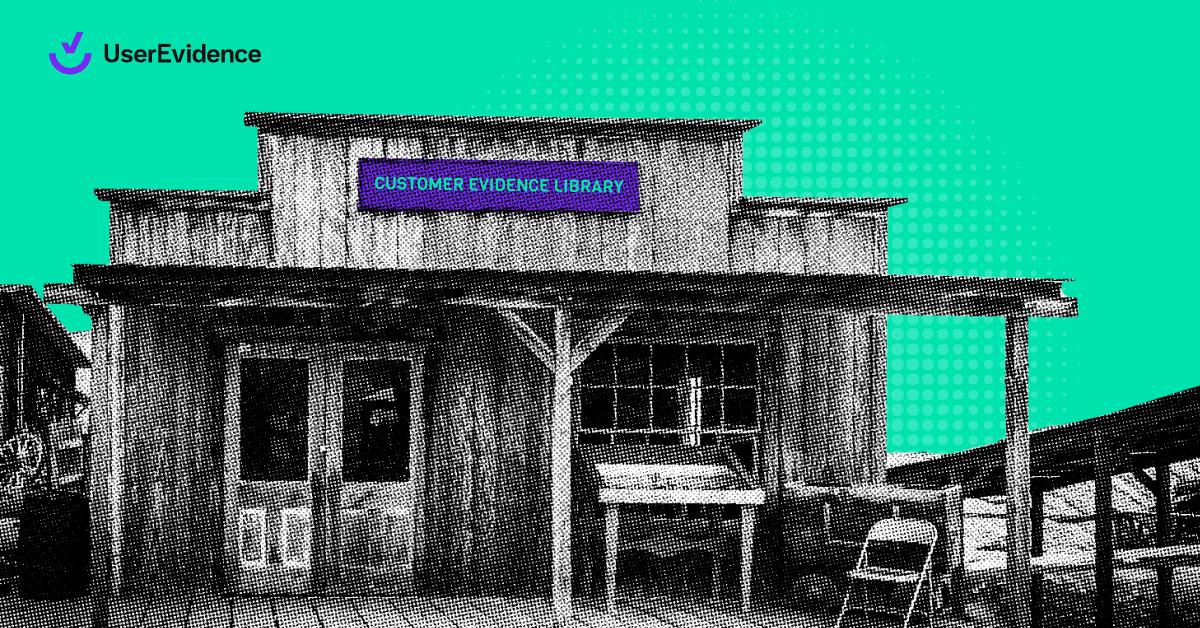In today’s digital world, content is crucial in engaging audiences, establishing your brand presence, and achieving business goals.
Did you know that 81% of marketers view content as essential to their overall business strategy? This is why B2B marketers pour around 20-30% of their entire marketing budgets into their content. Why would they put so much effort, time, and money into quality content?
Content is the voice that speaks to the heart of their business and captures their audience’s attention in the online bustling world. Through well-crafted content hooks, marketers reel in their ideal clients. They can then switch to customer advocacy strategies to keep them engaged. But it all starts with quality content.
Finding a message that resonates with your audience can be quite challenging—especially as you need a steady stream of great ideas. In this blog, we’re
going to take a look at the best places to leverage your content and where your great themes and ideas stem from. First, let’s start with why content is the foundational centerpiece of solid marketing.
The importance of good content
Over the years, content has become the cornerstone of modern marketing strategies—and for good reason.
It’s the fuel that drives engagement, builds credibility, and fosters customer loyalty. In fact, high-quality content has become a must for any business striving to succeed in the digital age. With markets constantly evolving and customer behaviors changing, marketers must rely on a powerful weapon in their marketing arsenal to hold a competitive edge—that weapon is impactful, engaging, and compelling content.
Content is vital for marketers to differentiate themselves from the competition. Speaking of which, with 97% of businesses leveraging content in their marketing, it’s a safe assumption that your competitors are doing the same. You should also be searching for your edge through competitive analysis to ensure you are winning over customers within your industry.
When you consistently produce valuable and informative pieces, you establish that coveted authority within your industry. Plus, producing content doesn’t cost nearly as much as traditional marketing, coming in at around 62% less than the latter.
But surely it doesn’t generate as many leads, right? Wrong. ❌
Content generates 3 times as many leads, despite being much more affordable than traditional advertising approaches. More leads unequivocally lead to more customers. Since the return on investment is unmatched, content remains front and center of any successful marketing strategy.
Channels to leverage content
Now that you understand (seriously, do you want more stats?) the data backing quality content, what channels should you be distributing it on?
Here are the top three channels you should focus on:
- Blogs
- Social Media
- Email marketing
Blogs (like the one you’re reading right now) are used to deliver lengthier messages to your target audience. They should be used to inform, educate, and help your readers get results in some form or fashion. Blogs should serve as the foundation for your overall content strategy. Not only do blogs drive most of your website traffic, but they can also be repurposed into other, shorter pieces such as the other channels were about to discuss.
Chances are, no matter what your offer is, your target audience is hanging out somewhere on social media. With billions of daily users, there’s no reason why you shouldn’t be there too. Unlike SEO blogs, social media pieces have chances to go viral, leading you to massive brand exposure. Plus, any chance to build social proof can yield a much higher ROI.
The email marketing channel should be used to nurture your leads from your blog and social media. While you don’t want to only save your best insights for them, you do want to add a little “extra” to this group of potential customers. This group has taken a step further than the rest. They want to hear directly from you. So don’t bombard them with spam emails—instead, deliver great insights, inside information, and of course some sales material. Just don’t overwhelm them with promos.
Generating ideas for compelling content
Now that you know you need high-quality content, and you know the best channels to distribute, let’s shift gears and look at one of the most difficult pieces of the process—generating ideas.
Depending on the stage of your potential customer in the buyer’s journey, you’ll want to match your content pieces to their current stage:
- Awareness – The buyer becomes aware they have a certain problem
- Consideration – The buyer defines their problem and considers solutions (like yours) to solve it
- Decision – The buyer decides if the solution is the best for their problem
This will determine what sort of pieces you should be looking to curate. For instance, you don’t want to create an awareness piece to send to your email channel when they already know what you offer—they should be getting consideration or decision materials. Make sense?
But where do good ideas come from?
If you’re starting from scratch, taking a look at your competitor’s strategies (for inspiration, not stealing) would be a great place to start. Research new angles and ways you can position your offers to draw in the audience. The next place to find inspiration is by performing social media research around your industry. Are there topics trending within your industry? What about the buzz surrounding something your offers can solve? Write down each piece that has the potential to resonate with your target audience.
And while these two strategies work well, if you put in the legwork, the absolute best place to find and generate ideas is by using your own—wait for it—customers!
When your customer asks a question, leaves a review, or drops some feedback, you should be taking notes. Every comment your customers make has the potential to be turned into either long or short-form content.
This process is simplified with platforms like UserEvidence. You’ll have the potential to tap into a never-ending content idea-generating stream. Your customers can leave feedback in several asset types, like:
- Charts
- Testimonials
- Statistics
- Reports
- Microsites
Plus, each piece can be downloaded from your unique UserEvidence Research Library and easily shared on platforms like LinkedIn, Instagram, Twitter, and Facebook—there’s even a PowerPoint option. For example, take a quick look at Jasper’s Research Library of third-party verified assets. With your own library, you’ll be wasting less time on ideation, and spending more time generating better leads.
Final thoughts
Content marketing is more cost-effective than traditional advertising and has been proven to turn a much higher ROI. And while quantity is important, genuine high-quality pieces will take you much further with your audience in the long run. Taking the necessary time to generate these ideas to find your edge won’t happen overnight, though.
But it can be simplified, streamlined, and repeated with a platform like UserEvidence. Ready to have your customers do the heavy lifting for you? Schedule your free demo to get started right away.



